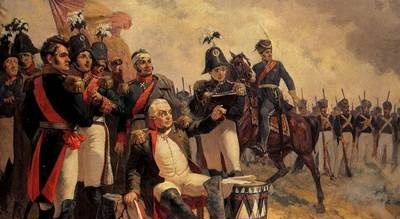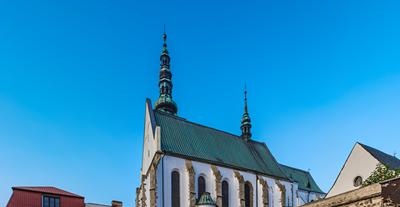Bogolyubovo |
|
If you happen to be in Vladimir, take your time, find a few hours to devote to the ancient village of Bogolyubov, which is located 10 kilometers east of Vladimir. You can take a trolleybus to the eastern end of the city and then walk a few kilometers on foot, or take a bus that goes from the bus station from the station square. Bogolyubovo is picturesquely stretched out on high hills, from which the Klyazma floodplain, steep loops of the river, trans-river forests and the temple of the Intercession on the Nerl, whitening in the distance, are clearly visible. The monuments preserved in Bogolyubov tell us about the turbulent and intense years of the reign of Andrei Bogolyubsky, when the new capital of the Suzdal land, Vladimir, was expanding and rebuilt with beautiful buildings. And sometime in the 9th-10th centuries here, on the high bank of the Klyazma (then the channel was somewhat to the north), there was a small village. In its place, Prince Andrew in 1158-1165 built the "city of stone" and created a palace ensemble, turning Bogolyubovo into the actual capital of the principality. After the assassination of Andrew in 1174, the city lost its significance, and soon its buildings fell into decay. In 1238 Bogolyubovo was ruined by the Mon-Holo-Tatars.
From the complex complex of the stone princely palace, the staircase tower survived, over which a hipped-roof bell tower was built in the XII century, and part of the passage to the cathedral choir. The remains of the stone chambers are the rarest monument of civil architecture of the 12th century. The staircase tower and the passage to the cathedral are decorated on the outside with a belt of light arches and columns. On the eastern façade of the upper platform, there is a triple column window decorated with carvings. Inside the tower there is a spiral staircase of 33 steps, illuminated by four slot-like windows located at different heights. On the walls you can see late paintings depicting scenes of the conspiracy and murder of Andrei Bogolyubsky. The staircase tower witnessed this event. It is known from written sources that the mortally wounded prince, trying to escape, slid down the stairs, hid in a niche, but was discovered by the conspirators and killed.
The cathedral was painted with frescoes, the floor was covered with copper tiles. White stone carvings adorned it inside and out. The beauty of the temple, its "pattern" was repeatedly noted by ancient chronicles. The cathedral existed until the beginning of the 18th century. In 1722, the monastery abbot ordered to widen the slit-like windows and break the choir for the "greater lordship" of the temple. The cathedral collapsed from this restructuring. “The collapsed vault and some of the walls are terrible,” says the chronicler of the Bogolyubov Monastery. In the middle of the 18th century, a baroque church was built on the old foundation of the temple, which has survived to this day.Thanks to the excavations, one can see the lower parts of the walls of the ancient cathedral with round pillars and columns. Carved stones of the facades were also found. Now in this church there is a very interesting exhibition dedicated to the history of Bogolyubov, his architectural monuments and the Church of the Intercession on the Nerl.
Not much, of course, has survived from the palace ensemble. Apparently, after the death of Andrei, his Bogolyubov-city ceased to attract the attention of the Vladimir princes. But what remains of this magnificent building, a monument of the XII century, what is carefully guarded now, attracts the attention of many, many people. Currently, the village has grown significantly. There are fruit canning and brick factories, there is a wide-screen cinema, and large housing construction is underway. I would like to say a few words about the last and best building of the time of Andrei Bogolyubsky - the Church of the Intercession on the Nerl. It is located 2 kilometers from Bogolyubov in floodplain meadows, near the confluence of the Nerl with the Klyazma. Its graceful outlines are still visible from a distance. Moving upwards, the external and internal space of the church is permeated with ease. Lonely, among the fields, this church stands. The oak grove that surrounded her is gone. Only elms and lindens have survived. Beyond the Klyazma, the forests are green. The places around are very beautiful.
I. Kolchina |
| Demerdzhi | National dishes of Uzbekistan |
|---|
New recipes
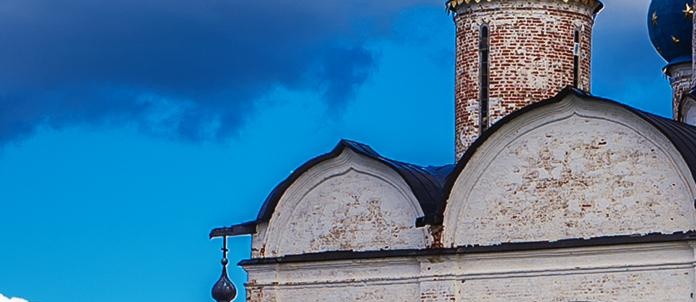 Among the memorable places of central Russia, there are also small villages, suburbs, which are also dear to the heart of the Russian people.
Among the memorable places of central Russia, there are also small villages, suburbs, which are also dear to the heart of the Russian people. And then a monastery arose on this place. Little remains of the buildings of Andrey Bogolyubsky, but what remains is of considerable interest. Archaeologists have discovered here the foundations of stone fortress walls that surrounded the prince's residence. They passed along a powerful earthen wall, part of which has survived. The highway cuts through it; on the left you can see the mighty slopes overgrown with age-old elms, on the right - on the crest of the rampart - there is a new white monastery fence. The highway enters the city in the same place where the road entered in the XII century. Once upon a time there was a gate tower of the castle at this place where the ramparts were broken. Bogolyubov-city closed the chain of fortifications of the left bank of the Klyazma: Vladimir, Konstantin-Yele, not a certain monastery, a fortress over Sungir.
And then a monastery arose on this place. Little remains of the buildings of Andrey Bogolyubsky, but what remains is of considerable interest. Archaeologists have discovered here the foundations of stone fortress walls that surrounded the prince's residence. They passed along a powerful earthen wall, part of which has survived. The highway cuts through it; on the left you can see the mighty slopes overgrown with age-old elms, on the right - on the crest of the rampart - there is a new white monastery fence. The highway enters the city in the same place where the road entered in the XII century. Once upon a time there was a gate tower of the castle at this place where the ramparts were broken. Bogolyubov-city closed the chain of fortifications of the left bank of the Klyazma: Vladimir, Konstantin-Yele, not a certain monastery, a fortress over Sungir.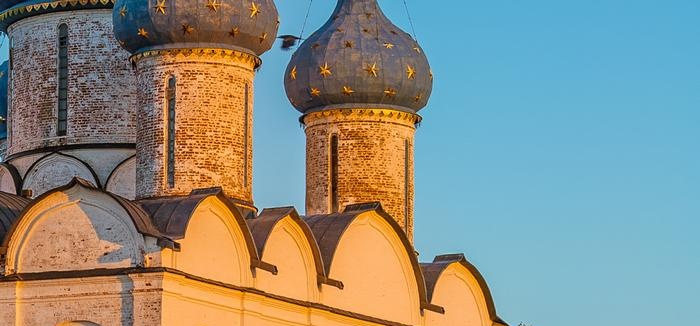 The palace cathedral, where the passage from the tower led, has not survived to us. It was a wonderful building of the XII century. The walls of the four-pillar cathedral were crowned with semicircular zakomars with carved reliefs.
The palace cathedral, where the passage from the tower led, has not survived to us. It was a wonderful building of the XII century. The walls of the four-pillar cathedral were crowned with semicircular zakomars with carved reliefs.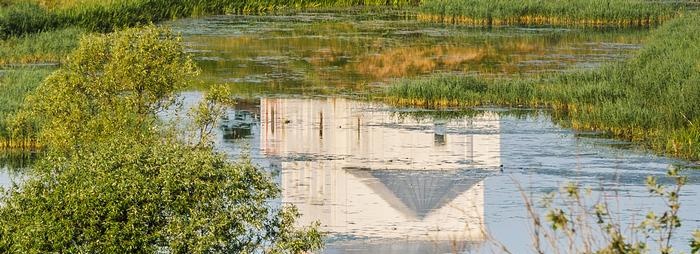 Scarce written sources, excavation results, drawings make it possible to imagine the splendor of the buildings of the time of Andrei Bogolyubsky.
Scarce written sources, excavation results, drawings make it possible to imagine the splendor of the buildings of the time of Andrei Bogolyubsky.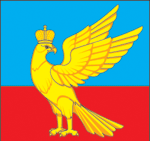 Big cities and small villages, preserved monuments of ancient Russian architecture awaken beauty, hone our artistic taste, our pride in the treasures of our great Motherland.
Big cities and small villages, preserved monuments of ancient Russian architecture awaken beauty, hone our artistic taste, our pride in the treasures of our great Motherland.
